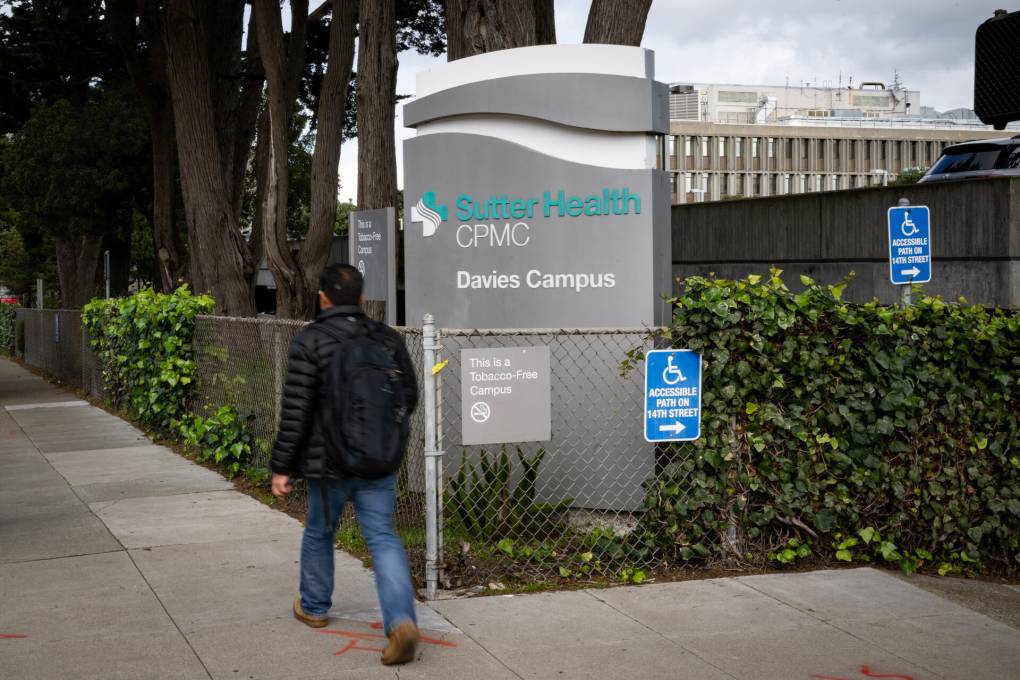About half a billion of those budget reductions would hit efforts to build up staff for behavioral, mental health and substance abuse services, which are already seeing severe workforce shortages, said Tara Gamboa-Eastman, who directs government affairs with the Steinberg Institute, a nonprofit public policy organization.
Since the pandemic, California has made significant investments in children’s mental health services and new infrastructure to address mental illness and substance abuse, including for those experiencing homelessness, she added.
“To be successful in our rollout of these incredible reforms that we’ve done, and to really meet the needs of everyday Californians, we have to build up our workforce,” Gamboa-Eastman said. “And if we don’t, we will fall short of meeting our goals.”
California will need to add 375,000 behavioral health providers in the next decade to meet the demand for services, according to a Steinberg Institute estimate.
Psychologist Le Ondra Clark Harvey highlighted that her training and work with underserved children in Los Angeles were made possible through programs that are at risk of losing funding. She’s now CEO of the California Council of Community Behavioral Health Agencies.
“I know firsthand how important those funds can be to building the pipeline of workforce, especially those that are serving the public behavioral health system,” Clark Harvey said. “We’ve worked so hard to increase our pipeline. And it feels like we are going backwards.”
On July 1, California is set to start raising the minimum hourly wage to $25 for close to half a million workers in the industry to increase retention and recruitment. However, that impact could be curtailed by workforce training and support budget cuts.

